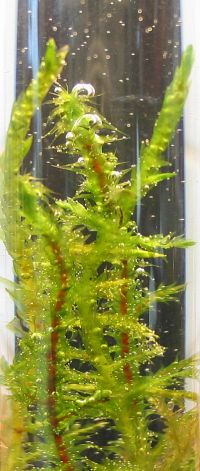Algae
Algae are a diverse group of organisms, ranging from ten meter long kelp to unicellular dinoflagellate. These organisms are a vital link in many food chains on Earth. The farming of algae is called algaculture.
Contents
Cultivation of Algae
Open Pools
Open pools are similar to the natural environment of many species of algae.
Aerated Tanks
Aerated tanks provide a controllable environment which can be tuned to the exact conditions needed by the target species.
Uses of Algae
Food
Algae are an excellent source of vitamins, oils, fatty acids, and minerals, and are eaten in many parts of the world. They can be grown in tanks filled with waste water, and aerated with CO2 from the martian atmosphere. A welcome side effect is the release of free oxygen.
Fertilizer
Algae is currently used on Earth as a fertilizer.
Waste Water Treatment
Algae digest excess organic molecules and CO2.
Chemosynthesis
Certain species of algae can be grown to produce hydrogen and hydrocarbons.
Emergency Light
Special algae produce light.[1] If placed in a sun-lit room, it produces oxygen and proteins during the day. At night it consumes part of the previously produced substances and gives a little light for the settlers, not for other plants to grow. I can imagine those lamps can be useful as an emergency illumination, or may be, if regularly carried towards the living quarters in the evening, as an alternative lighting technology for the living quarters.
Awesome! I applaud Mr Callega for this great dscoivery. I wish our leaders would take up this challenge and make our environment really cleaner with these algae streetlight, or at least start a pilot in some of our biggest cities. My only concern would be the vandalism-prone glass pillars.If I had the money I would invest in this fantastic project rightaway! Alas, but I will tell everybody willing to listen.
Open Issues
- What is known about the efficiency factor of energy transformation from light energy to chemical energy? We need a calculation and a comparison with other food crop.







